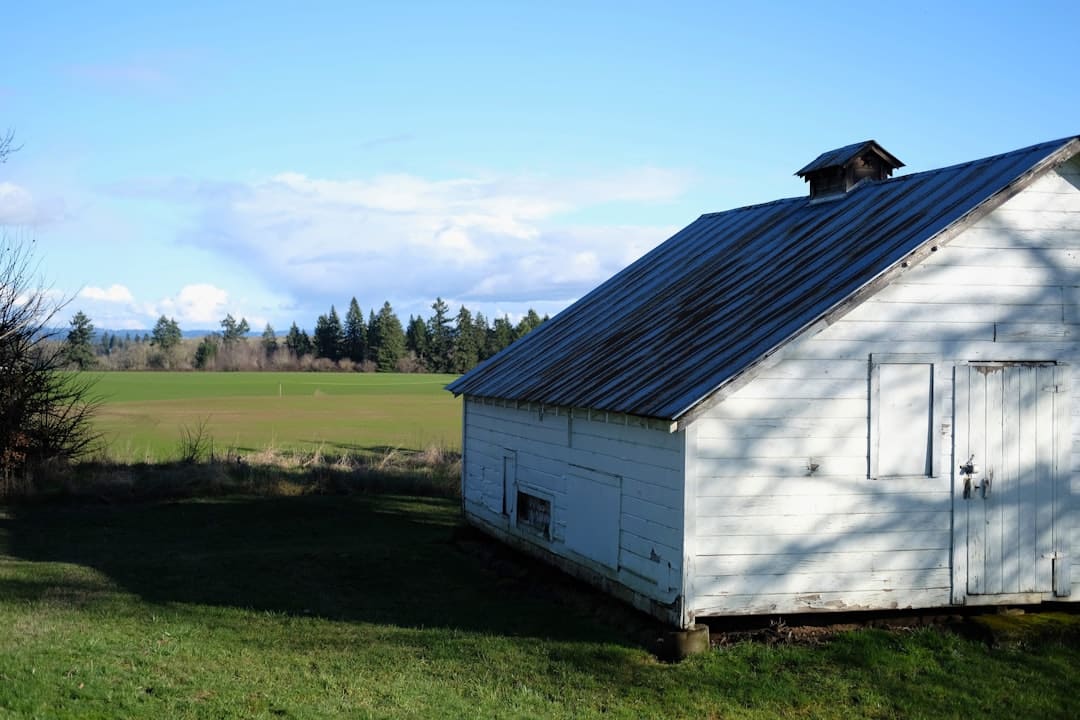|
IN BRIEF
|
Calculate the hatched surface may seem like a real headache to some, but rest assured, it’s simpler than it seems! Whether you are revising for a maths exam or simply curious to explore the subtleties of geometry, together we will go through the essential steps to achieve this. So, are you ready to dive into the fascinating world of hatching and decipher these mysterious shapes? Hold on tight, because we’re off on a mathematical journey full of surprises!
Welcome to this article dedicated to the art of geometry where we will explore together how calculate the hatched surface. Whether you’re a student in search of knowledge or a math enthusiast, this guide will provide you with practical tips and methods for approaching and solving problems related to hatched areas. Let’s go!
Define hatched surface
Before diving into the calculations, it is essential to understand what a hatched surface. Typically, it is a outlined area on a geometric figure, often indicated by lines or patterns that distinguish it from the rest of the shape. This type of surface can appear in various figures such as squares, triangles or circles, and it sometimes requires ad hoc calculations to determine the area.
Calculation of total area
To begin calculating the hatched surface, it is crucial to obtain the total area of the geometric shape of which it is a part. For example, if you work with a square, just use the formula Area = side × side. If the square measures 5 cm on each side, the total area will be 5 × 5 = 25 cm². Once the total area is obtained, it remains to determine what to subtract.
Subtraction of unhatched parts
The main method for finding the hatched area is to subtract the area of the unhatched parts from the total area. For example, if you have a square and you have a hatched part in the middle containing two triangles, you first need to calculate the area of these triangles. Use the formula for the area of a triangle: Area = (base × height) / 2. Then add the area of the triangles to the total area of the square. If the combination of triangles represents 10 cm², then the hatched area is 25 cm² – 10 cm² = 15 cm².
Case of curves and circles
When curves are involved regardless of whether they are arcs of circles or other rounded figures, the calculation of the hatched area can be slightly more complicated. It is often necessary to determine the area of the zone between two functions or other curved shapes. First define the intersection points of the lines and calculate the areas using integration or other methods depending on the grade level.
Using advanced formulas
For more complex figures, it may be necessary to use advanced formulas like the cross product or integrals. If you are passionate about maths, you can explore the fascinating field of analytical geometry, which makes these calculations more accessible and understandable. If you want to go further, you will find many online forums and resources like here, where you can ask questions and interact with other enthusiasts.
Practical, practical and more practical
The best way to get better at calculating hatched area is to practice with a variety of problems. Look for exercises online, like those found on homework sites, and try to calculate areas whenever the opportunity arises. The more you manipulate the formulas, the more comfortable you will become with them.
In summary, calculating hatched area requires a good understanding of geometry and accuracy. By following the steps outlined above and practicing regularly, you will be able to master the intricacies of this math skill. So, grab your calculators, set, go!

Welcome to the fun world of mathematics where we will explore the mysteries of hatched surfaces! Whether you are a perplexed student or a curious person eager to know, here you will discover tips and tricks for calculate the area of a hatched area. Together, we will demystify pyramids, circles, and many other geometric figures while having fun!
How to calculate the area of a hatched triangle
To begin our surface game, let’s talk about a hatched triangle. The first step is to determine the total area of your triangle, which can be calculated with the formula: Area = 1/2 x base x height. Next, you will need to subtract the area of areas that are not hatched, such as other shapes inserted into the triangle. This will give you your specific hatched area!
Calculate the area under a curve
Let’s take a moment to explore the curves! If your hatched area lies under a curve, we can use integration to find the area. Identify the function of your curve, define the limits (a and b), and apply the integral formula to obtain the area between these two points. For those who want to see a concrete example, you can find out more about calculating area through functions by following this link.
Hatched surface in a square
Let’s imagine a square containing a hatched area ! First, determine the total area of the square with the formula: Area = side x side. If you have two hatched triangles inside, also calculate their area and subtract them from the total area of the square. For example, if your square measures 5 cm on each side, you have an area of 25 cm², and if each triangle has an area of 5 cm², the hatched area would be 25 cm² – 10 cm² = 15 cm². Easy, right?
Area of a hatched area in a rectangle
Regarding a rectangle, the method remains similar. Start by calculating the total area of the rectangle with: Area = length x width. Next, identify the unhatched areas, calculate them, and subtract them from the total area. This will give you the desired hatched surface! If you have any doubts, consult this site for in-depth explanations.
In summary
Calculating a hatched area may seem a little tricky at first, but with these steps and a little practice, it becomes child’s play! Don’t forget to clearly identify the figures present and subtract the non-hatched areas to achieve your objective. So, take out your pencils, start drawing and have fun calculating!
Comparison of Hatched Area Calculation Methods
| Methods | Details |
| Triangle | Triangle area = 1/2 x base x height. Subtract the area of the triangles from the area of the square. |
| Rectangle | Rectangular area = length x width. Subtract the unhatched areas. |
| Circle | Circle area = π x radius². Add entire areas if necessary. |
| Circle arcs | Calculate areas of each arc and subtract those which are not part of the hatched area. |
| General formula | Hatched area = Total area – Unhatched area. Best method for complex shapes. |
| Vector product | Advanced use for specific forms in applied mathematics. |

- Step 1: Identify the shape of the hatched area (triangle, square, etc.).
- Step 2: Calculate thetotal area of the main form.
- Step 3: Determine thearea shapes that are not part of the hatched area.
- Step 4: Subtract thearea of excluded shapes of the total area.
- Example : For a square with a triangle inside, do square area – triangle area.
- Use : Check thegraphic help to find the geometric properties of figures.
- Tips: Use calculators online for complex shapes.

FAQ on Calculating Hatched Area
Q: How do I determine the area of a hatched surface?
A: To begin, you usually calculate the area of the entire shape, such as a square or rectangle, and then subtract the area of the unhatched areas.
Q: Is there a standard method for calculating hatched area?
A: Yes, the method often consists of identifying the geometric shapes that make up the hatched area, calculating their respective areas and carrying out the necessary operations to obtain the hatched area.
Q: What formulas should I know to perform these calculations?
A: For one square, the area is calculated by c × c (side times side). For a triangle, use 1/2 x base x height.
Q: Can I just click on the hatched surface to get its area?
A: In some geometry applications, yes! By clicking on the hatched area, the properties can directly reveal the area.
Q: What if the hatched surface is made up of multiple shapes?
A: In this case, it is best to calculate the area of each shape individually and then add them or subtract the ones that are not hatched.
Q: How important is it to know the hatched area?
A: Knowing the hatched area is useful in various fields, including architecture, engineering and even for artistic projects, because it allows you to have a clear idea of the surfaces to be worked on.





